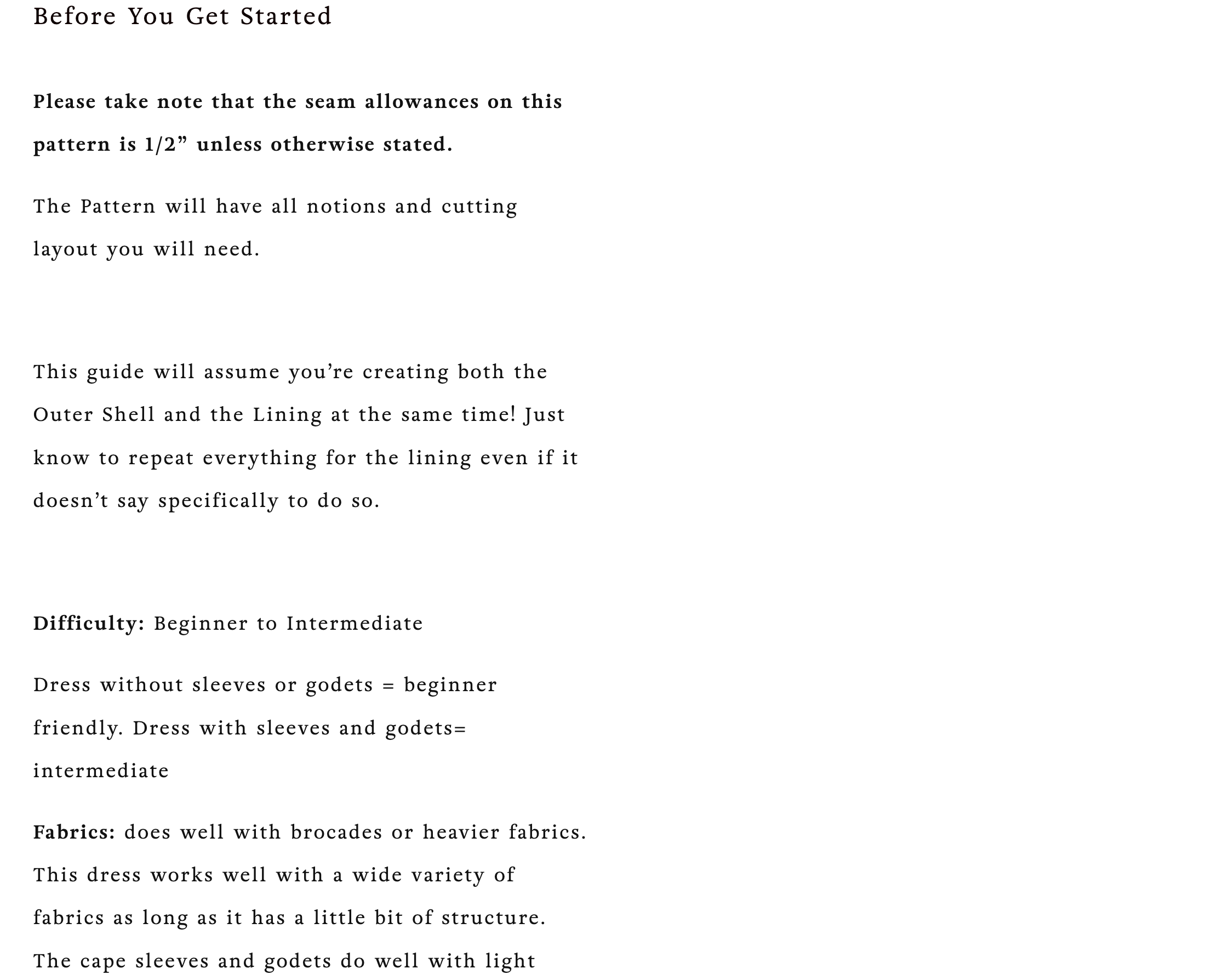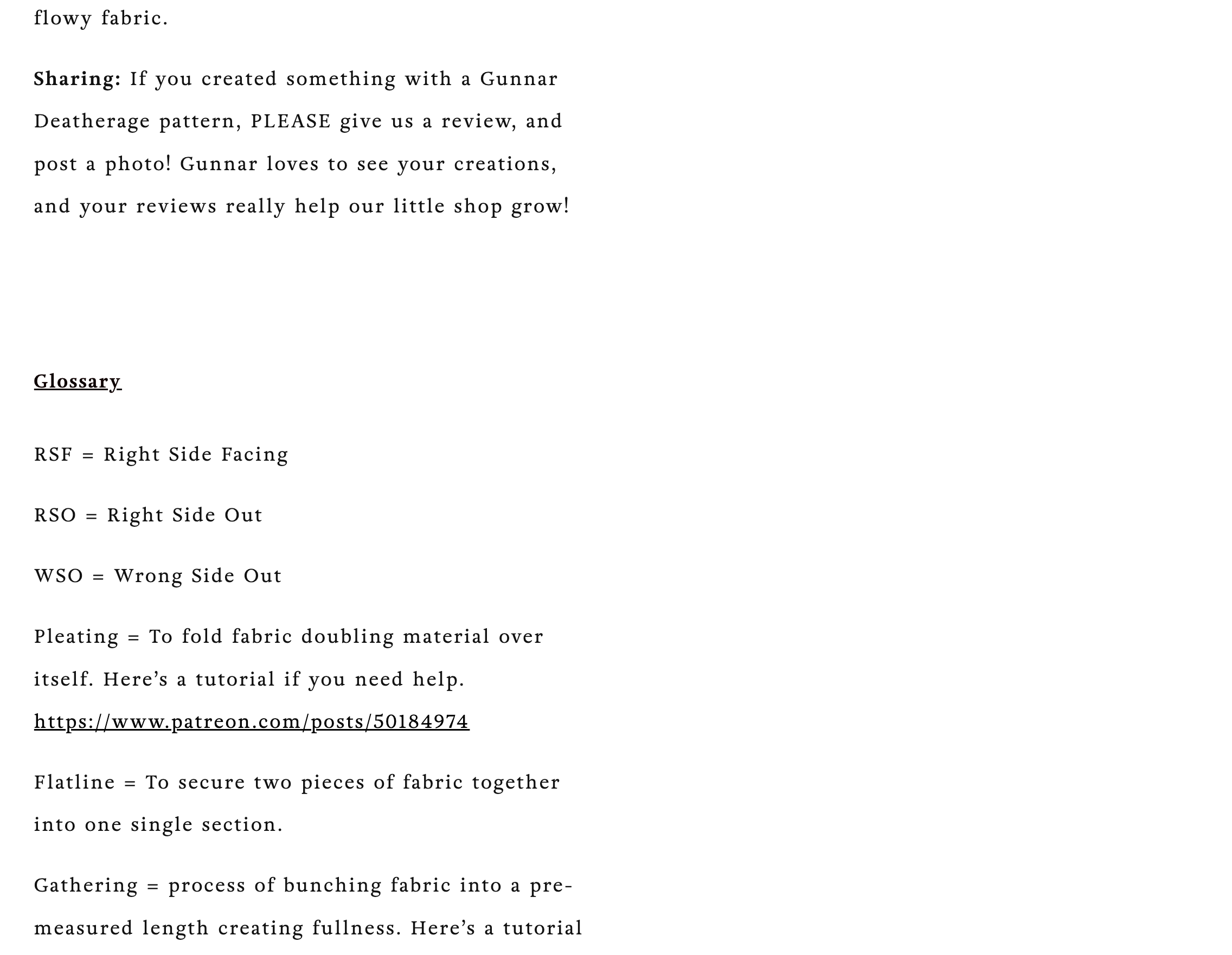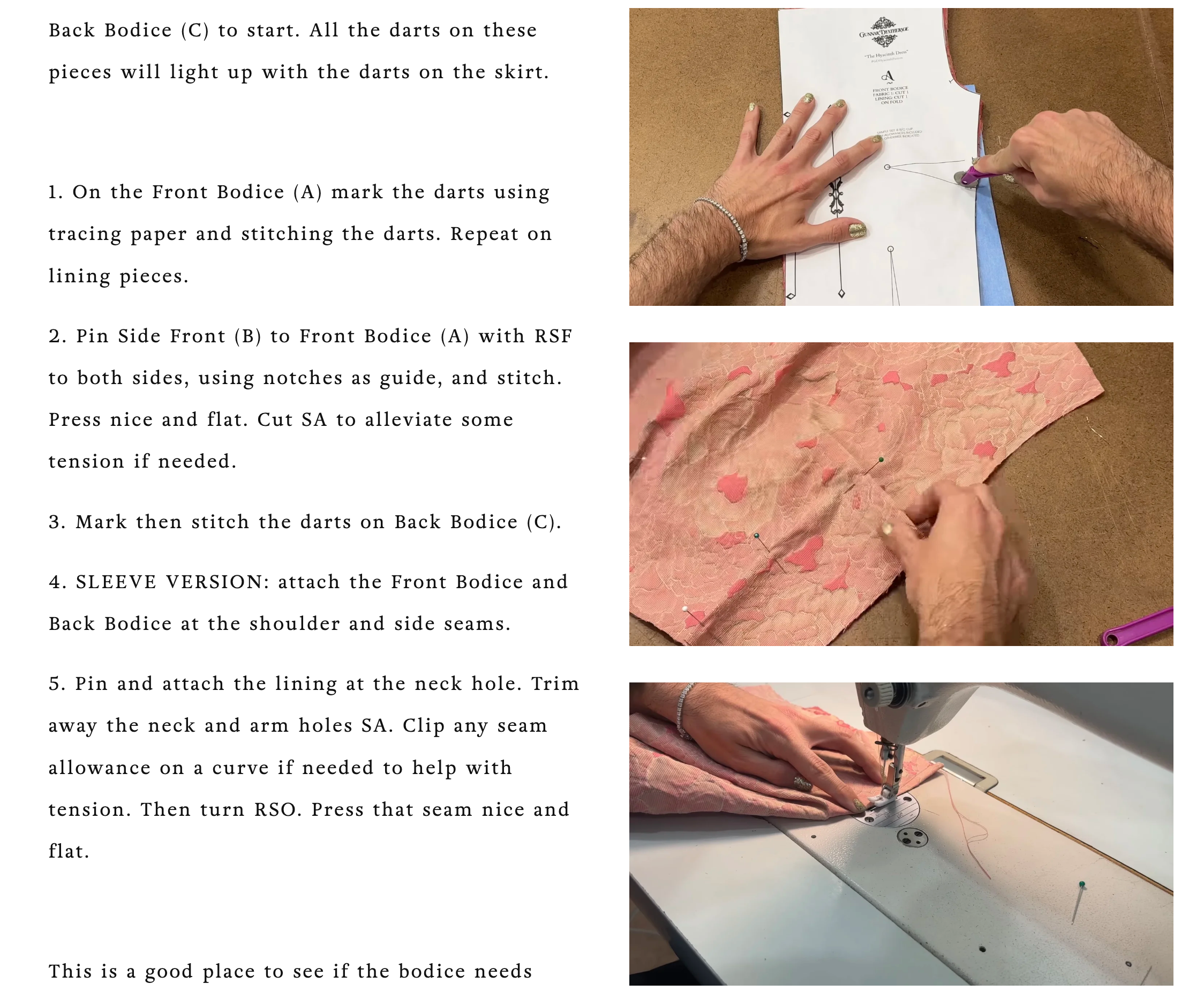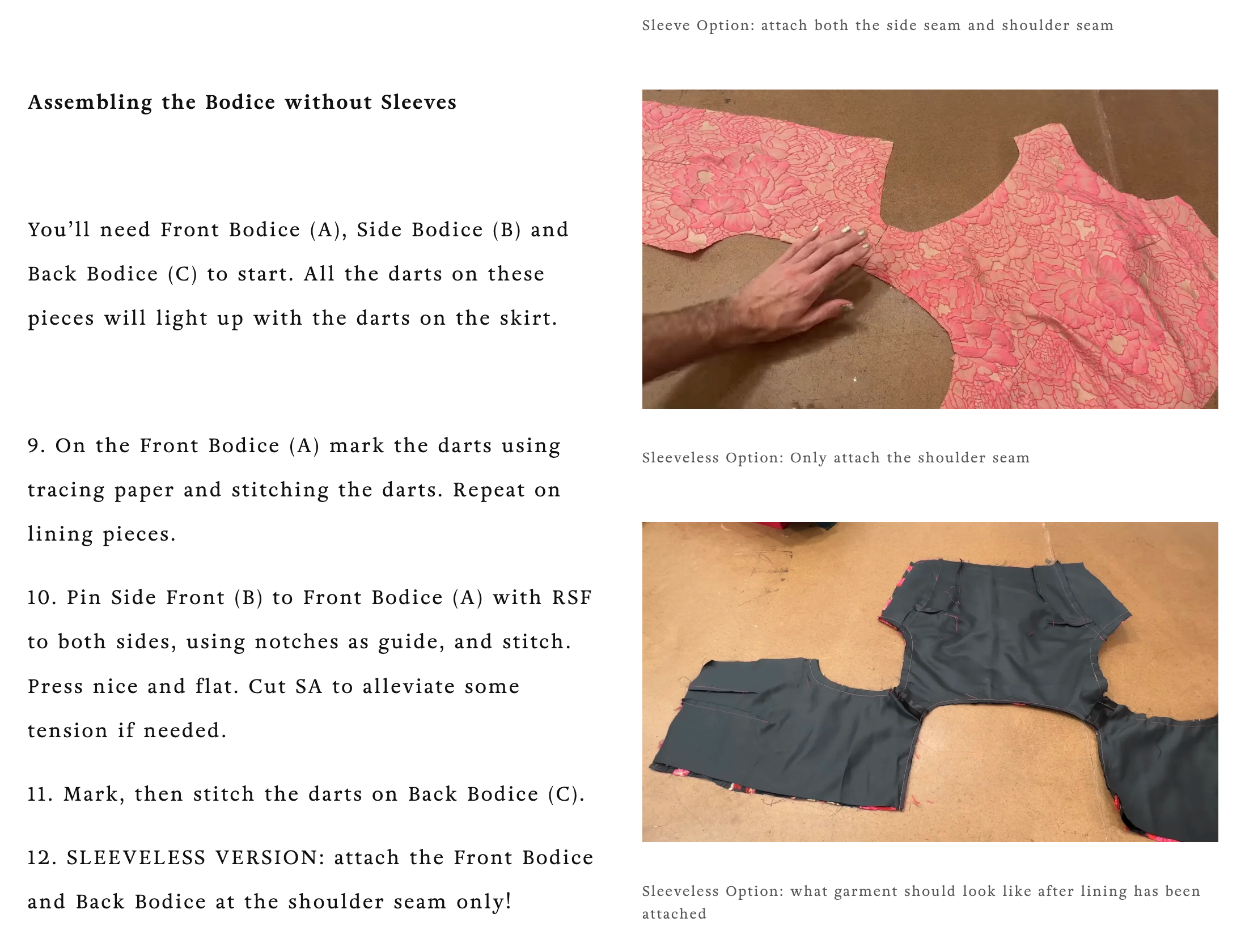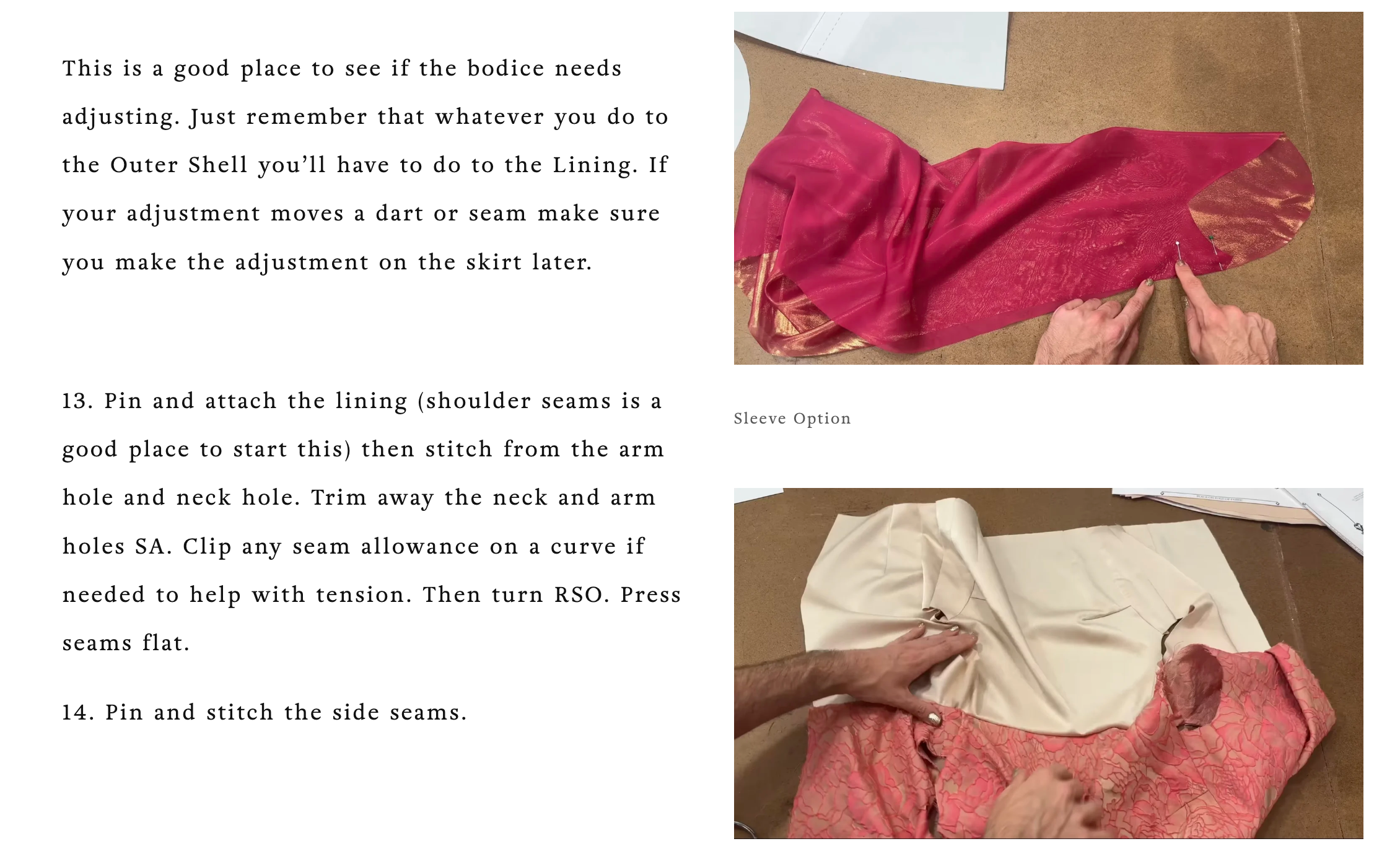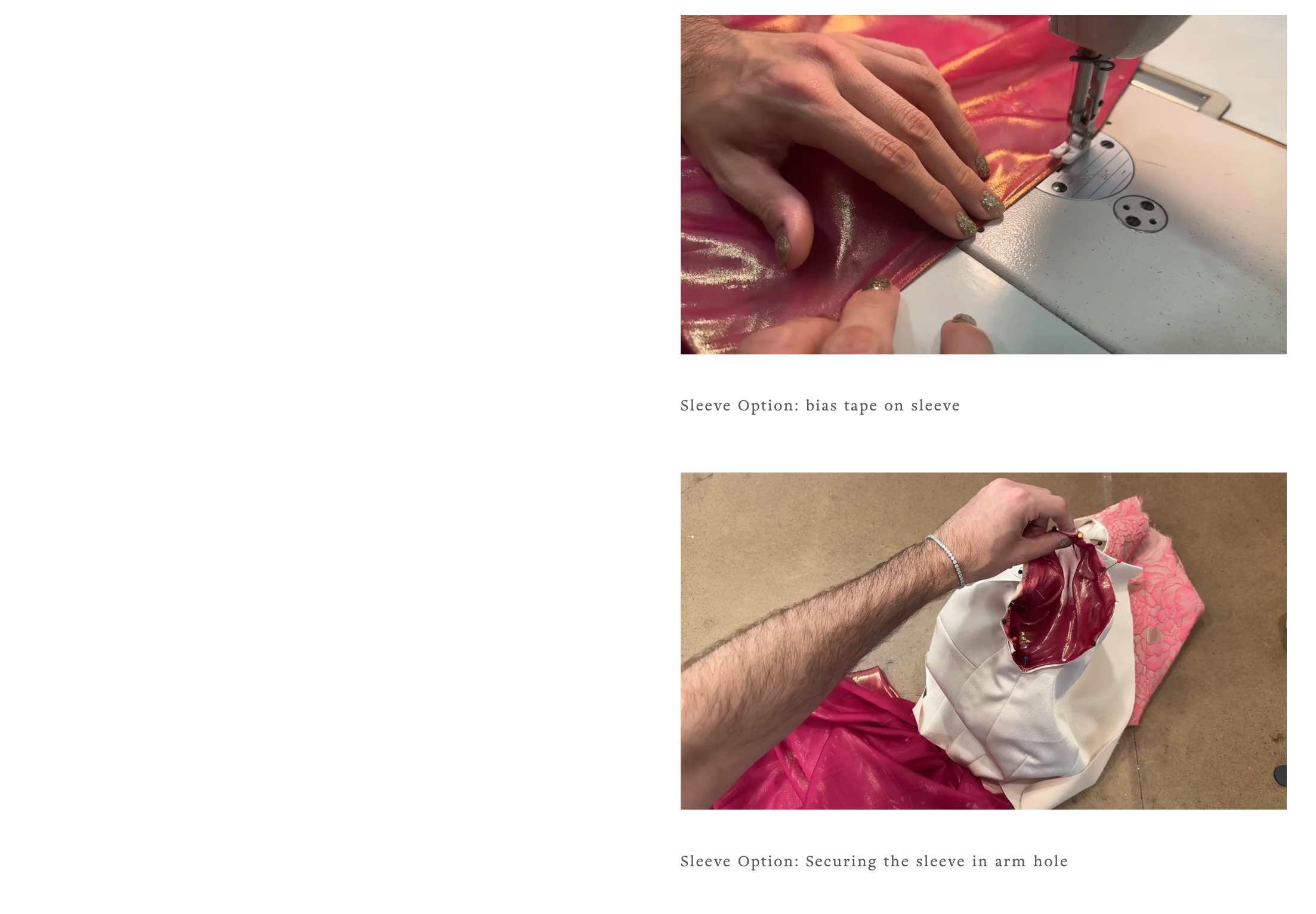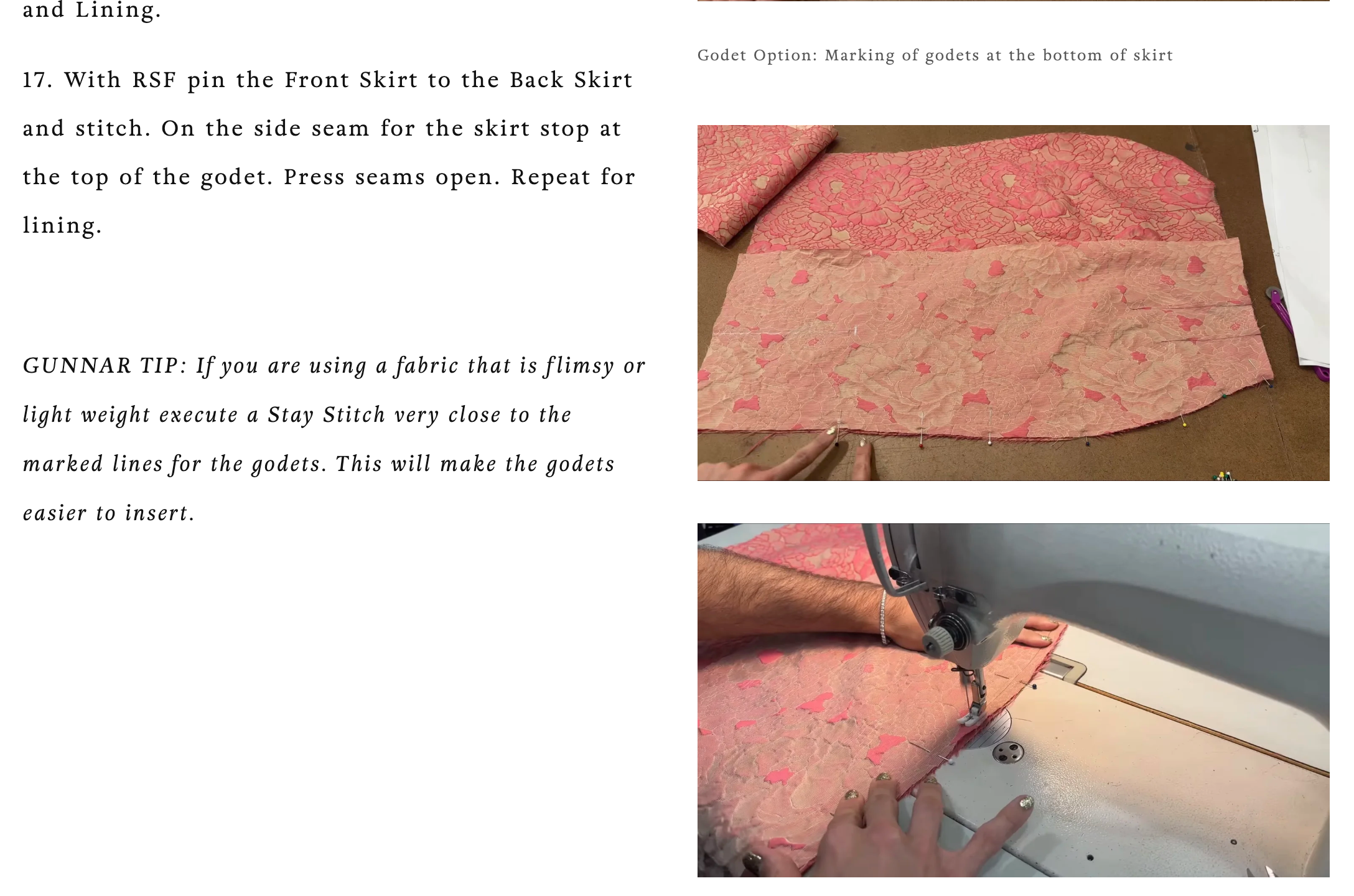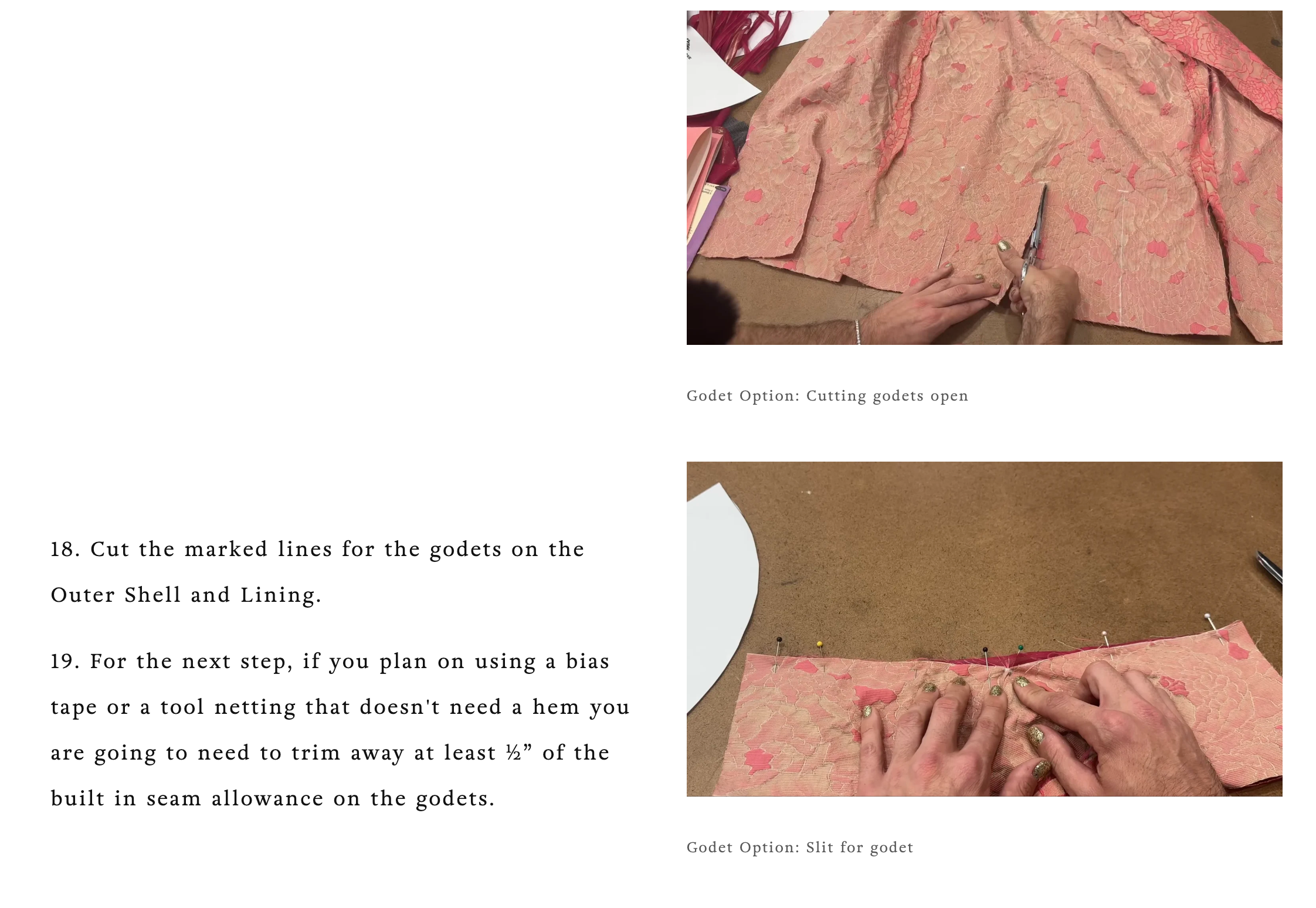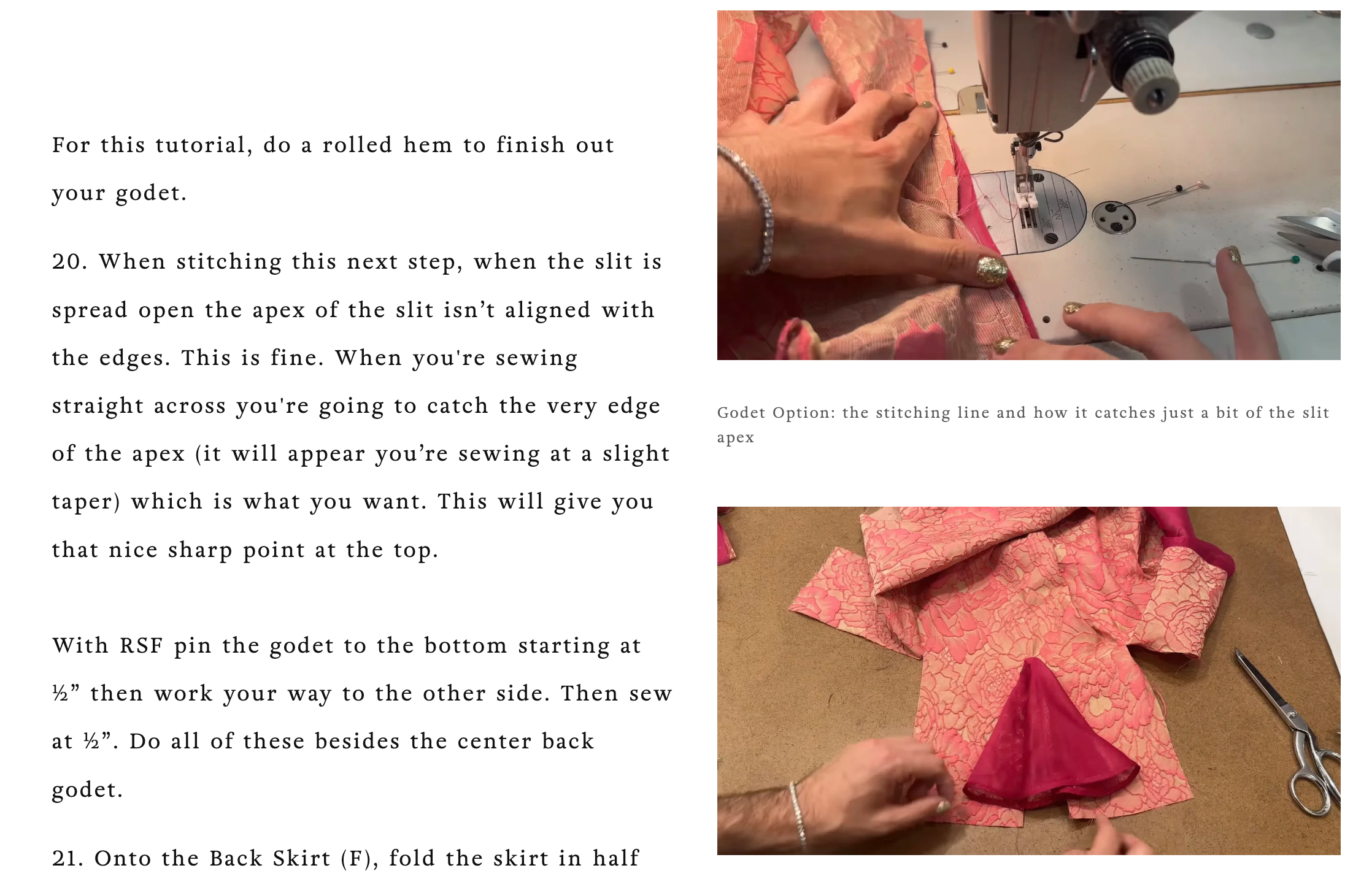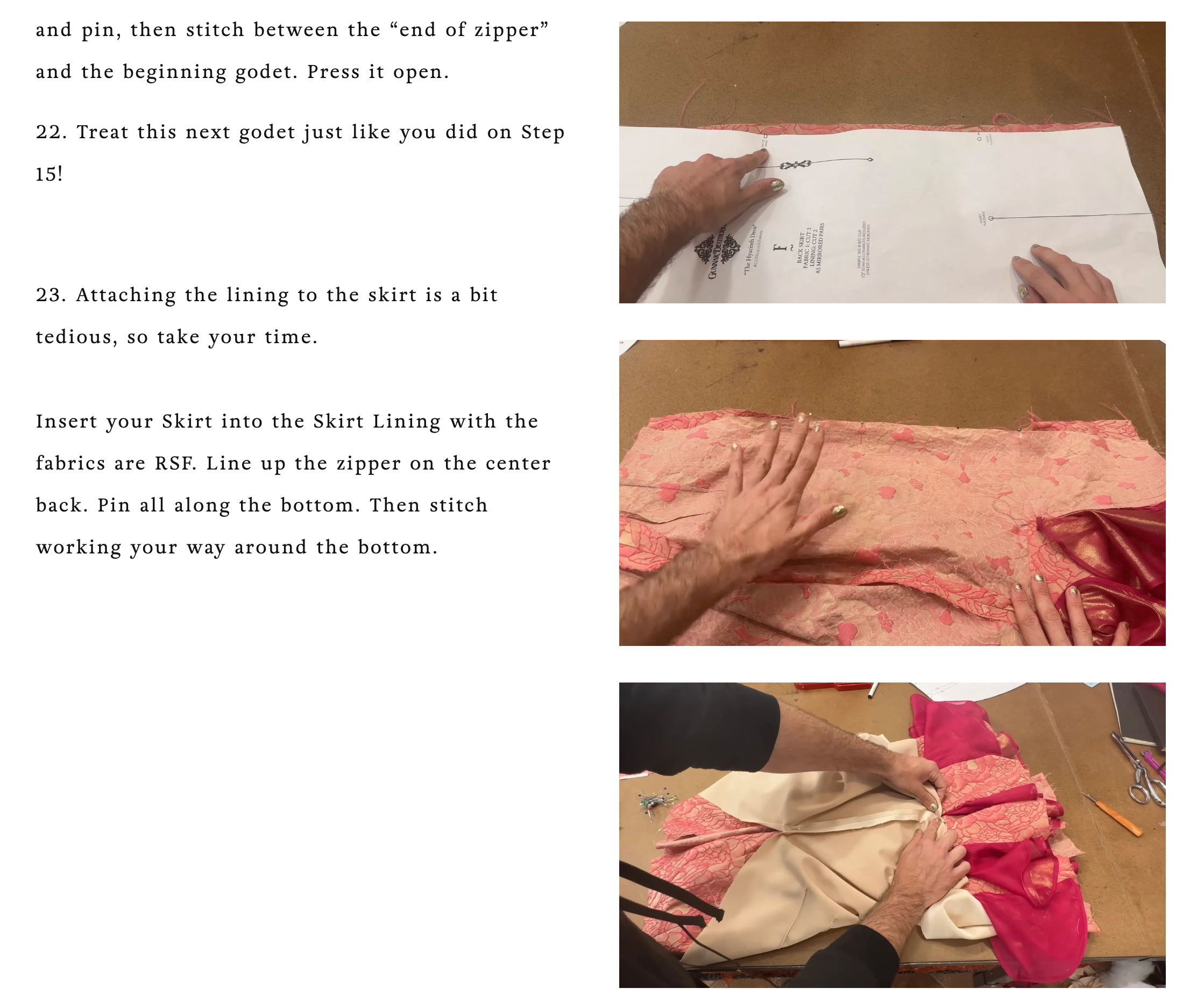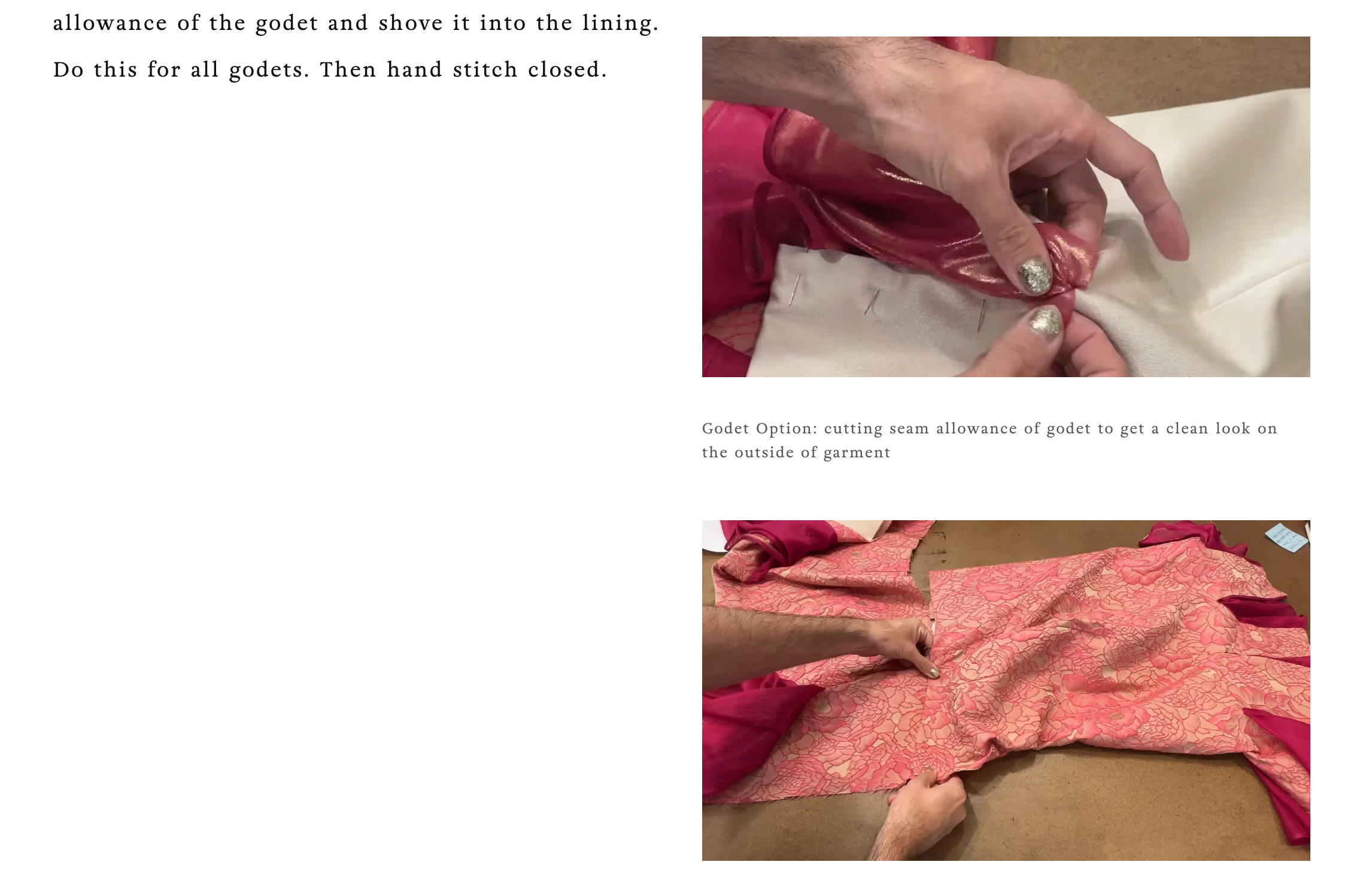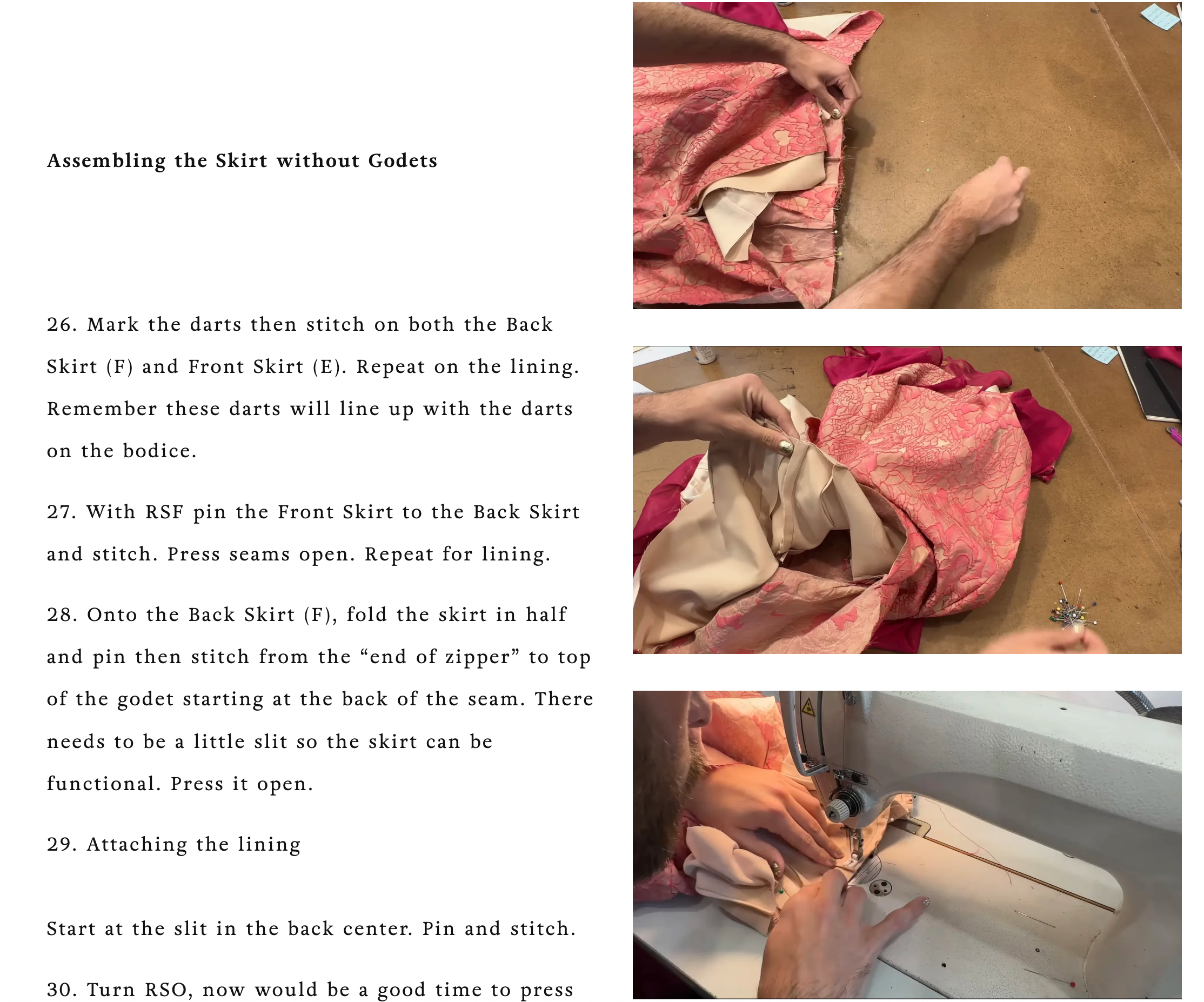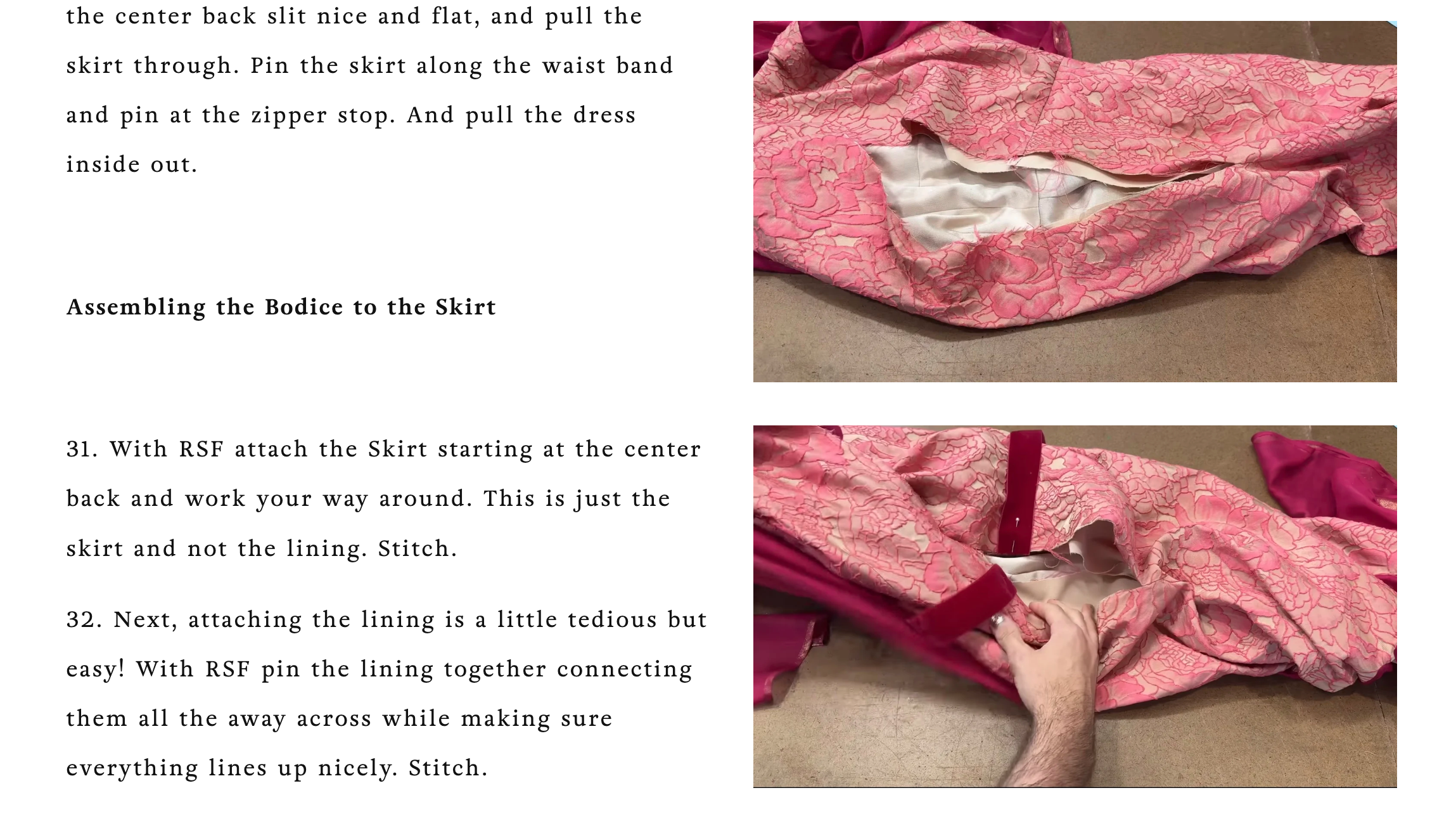The Hyacinth Dress Sewing Pattern Guide
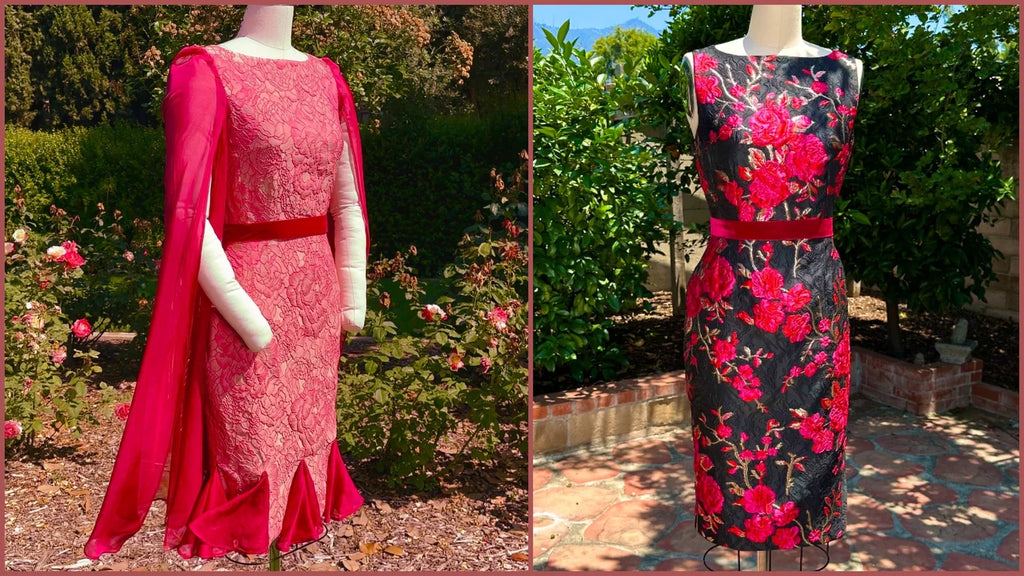
Hello and welcome to The Hyacinth Dress Sewing Guide!
Inspired by the classic whimsy of the 1960’s, The Hyacinth dress is designed to be a staple in your wardrobe. This dress can be created with or without the cape sleeves, and with or without the godets at the hem. This simple but classic silhouette is great on so many body types, and will take on a personality of it’s own depending on the fabric you choose to create it with! The instructions are below!
